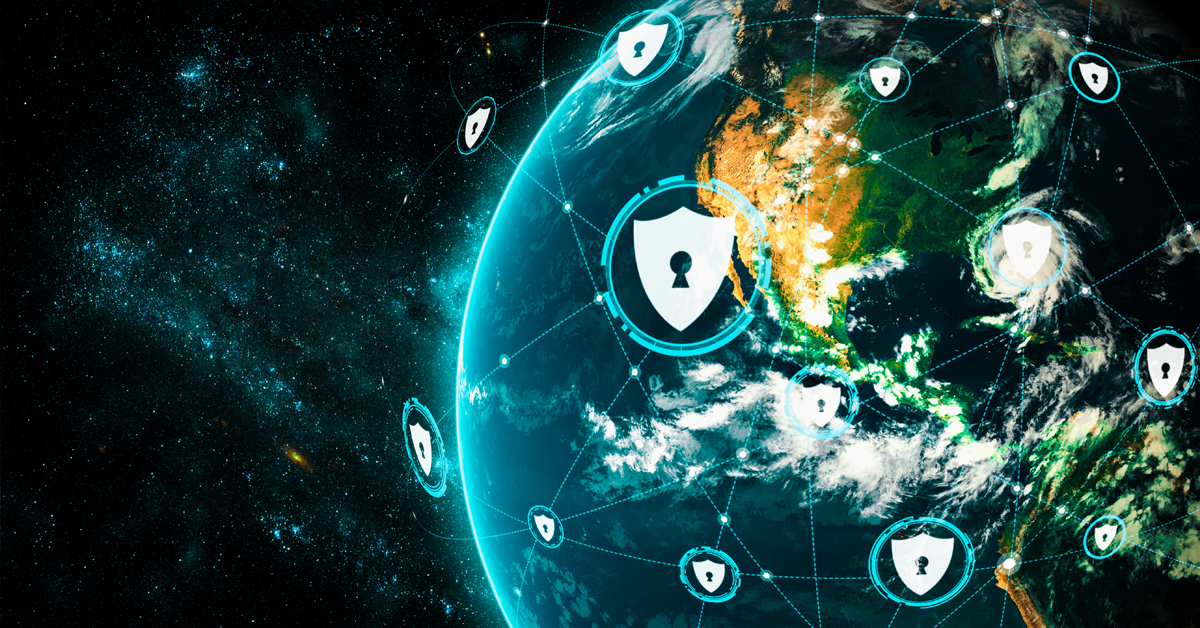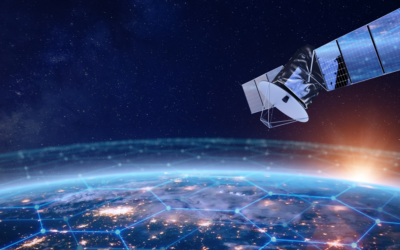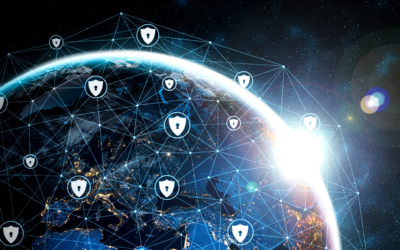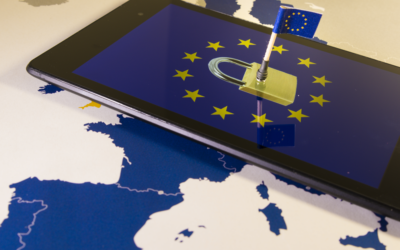Securing space systems is imperative. Satellite security must be comprehensive covering all the facets of both terrestrial and orbiting satellites, including end-user routers and ground communications systems. There are actions that can be taken to mitigate vulnerabilities and threats. Below are a few suggestions that my late colleague, Paul Ferillio, Esq. suggested several years back.
Read More: Top Five Cyber Vulnerabilities of Space System Components
- The adoption of best practices for cybersecurity, such as those outlined in the NIST cybersecurity framework should be a first step and having a strategic approach is critical. In essence, it is about risk management and policies required to meet the growing threats to the space sector. NIST 8270, Introduction to Cybersecurity for Commercial Satellite Operations, notes that:
“Space is a newly emerging commercial critical infrastructure sector that is no longer the domain of only national government authorities. Space is an inherently risky environment in which to operate, so cybersecurity risks involving commercial space – including those affecting commercial satellite vehicles – need to be understood and managed alongside other types of risks to ensure safe and successful operations.” - Because space systems run in a combined OT/IT environment, Security by Design is important for the security of all of the space architectures. Every satellite should have security built in from the ground up, not as an afterthought. And the ground stations and data stations should employ the same principles.
- A strong intrusion detection system (IDS) should be the cornerstone of a satellite that is cyber-resilient. Continuous monitoring of telemetry, command sequences, command receiver status, shared bus traffic, flight software configuration, and operating states should all be part of the IDS. It should also be able to predict and adjust to counteract evolving hostile activity. Critical spacecraft systems should be able to be switched back to a recognized cyber-safe mode by the IPS and the ground crew. It should be possible to cross-check logs for unusual activities.
- Space system developers must put in place a supply chain risk management scheme. Every facility and system that uses ground-based space should be obliged to implement a comprehensive vendor supply chain risk management policy that includes all primary and secondary vendors. They have to make sure that every one of their providers follows the agreed-upon chain of custody while handling hardware and software. Aside from being identified and treated differently from noncritical units and subsystems in terms of requirements and rigor, critical units and subsystems should also be built with security in mind.
- For cross-validation, command logging and anomaly detection of sequences of commands should be carried out independently across space systems. In order to ensure consistency between commands given and received, directives received can be automatically recorded, transmitted to the ground through telemetry, and validated. And measures like signal strength monitoring and guarded transmitters and receivers should be taken to prevent communications jamming and spoofing; links should be encrypted for added protection.
- In addition to cyber hardening, protective shielding against environmental and electronic pulse dangers, as well as quantum encryption, should be taken into consideration in this rising digital age. Prioritizing networks that support vital national infrastructure against quantum computing-powered cyberattacks, the U.S. Cybersecurity and Infrastructure Security Agency (CISA) has already issued a warning. Quantum encryption will help reduce risks, and that scenario applies to space systems.
Read More: Hacking Space: Cyber-Securing the Vulnerable Space Enterprise Ecosystem




